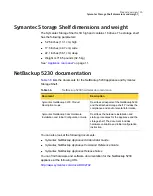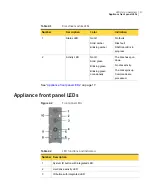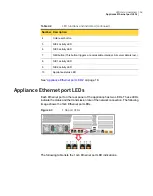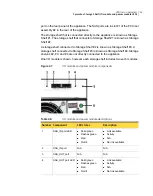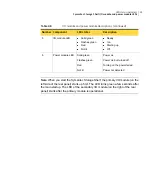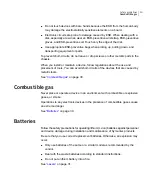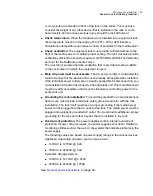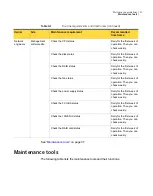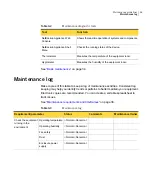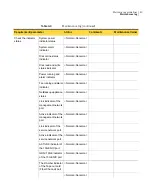
Improper operation on a high-voltage power supply may result in fire and electric
shock. To connect and route the AC cables through a certain area, you must follow
standard rules and regulations. Personnel must have an up-to-date certificate for
operating high voltage and AC power devices.
You must use insulated tools when operating on high voltage and AC power.
Do not install or remove a power cord or PDU cord when the power is turned on.
Minimal contact between the core of the cord and a conductor can generate an
electric arc or spark, to cause a fire or injury.
■
Wrap bare wires of the power cable with insulated tape before connecting the
cable to the power distribution cabinet.
■
Before installing or removing the power cord or PDU cord, turn off the power.
■
Before connecting the power cord or PDU cord, make sure that the cord and
label conform to the requirements for the installation.
Do not perform operations on high voltage, power supplies and connections, or
other conductive materials during the storms which may produce lightening.
Be sure that all devices are properly grounded to prevent damage or injury during
storms.
See
“ESD (Electrostatic Discharge)”
on page 29.
ESD (Electrostatic Discharge)
The static discharged by human bodies can damage static-sensitive components
on the boards.
When you install and maintain equipment, observe appropriate static safety
precautions to prevent personnel injuries or device damage.
Wear ESD-preventive gloves, an ESD-preventive wrist strap, or ESD-preventive
clothes to avoid personnel injury or damage to a device. When a warning indicates
an electrostatic sensitive area, when operating a device you must take
ESD-preventive measures. To prevent the devices from damage, pay attention to
the following during operations:
29
Safety guidelines
ESD (Electrostatic Discharge)

